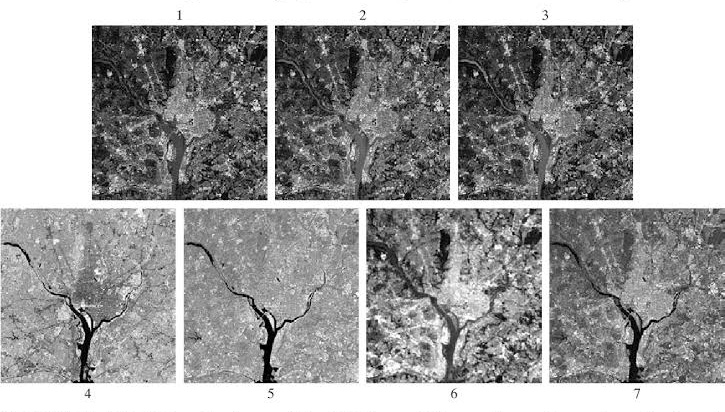
Image processing mainly include the following steps:
Importing the image via image acquisition tools;
Analyzing and manipulating the image;
Output in which result can be altered image or a report which is based on analyzing that image.
Digital Image Processing means processing digital image by means of a digital computer. We can also say that it is a use of computer algorithms, in order to get enhanced image either to extract some useful information.

Importing the image via image acquisition tools;
Analyzing and manipulating the image;
Output in which result can be altered image or a report which is based on analyzing that image.
We all are familiar with images. An image is a 2-D array specifically arranged in rows and columns. Digital Image is made up of a finite number of elements, each of which have a particular value at a particular location. These elements are referred to as picture elements, image elements and pixels. A Pixel is most widely used to denote the elements of a Digital Image. And there are numerous applications that can be done using an image.
Be it operations on a digital image such as enhancing a digital image, segmenting objects to identify key components or extracting some important data from it, it can all be done by Image processing and Artificial Intelligence(AI) and guess what we are experts in doing that.
We use image processing and use artificial intelligence for countless applications, here are a few of them:-
1. BINARY IMAGE– The binary image as its name suggests, contain only two pixel elements i.e 0 & 1,where 0 refers to black and 1 refers to white. This image is also known as Monochrome.
2. BLACK AND WHITE IMAGE– The image which consists of only black and white color is called BLACK AND WHITE IMAGE.
3. 8 bit COLOR FORMAT– It is the most famous image format. It has 256 different shades of colors in it and commonly known as Grayscale Image. In this format, 0 stands for Black, and 255 stands for white, and 127 stands for gray.
4. 16 bit COLOR FORMAT– It is a color image format. It has 65,536 different colors in it. It is also known as High Color Format. In this format the distribution of color is not as same as Grayscale image.
A 16 bit format is actually divided into three further formats which are Red, Green and Blue. That famous RGB format.
1. ACQUISITION– It could be as simple as being given an image which is in digital form. The main work involves:
a) Scaling
b) Color conversion(RGB to Gray or vice-versa)
2. IMAGE ENHANCEMENT– It is amongst the simplest and most appealing in areas of Image Processing it is also used to extract some hidden details from an image and is subjective.
3. IMAGE RESTORATION– It also deals with appealing of an image but it is objective (Restoration is based on mathematical or probabilistic model or image degradation).
4. COLOR IMAGE PROCESSING– It deals with pseudocolor and full color image processing color models are applicable to digital image processing.
5. WAVELETS AND MULTI-RESOLUTION PROCESSING– It is foundation of representing images in various degrees.
6. IMAGE COMPRESSION-It involves in developing some functions to perform this operation. It mainly deals with image size or resolution.
7. MORPHOLOGICAL PROCESSING-It deals with tools for extracting image components that are useful in the representation & description of shape.
8. SEGMENTATION PROCEDURE-It includes partitioning an image into its constituent parts or objects. Autonomous segmentation is the most difficult task in Image Processing.
9. REPRESENTATION & DESCRIPTION-It follows output of segmentation stage, choosing a representation is only the part of solution for transforming raw data into processed data.
10. OBJECT DETECTION AND RECOGNITION-It is a process that assigns a label to an object based on its descriptor.


